Uploading data from helmet sensors are, from left, athletic training student Sydney Judkins; Professor Theresa Miyashita, director of the athletic training program; and Kaitlyn Marrie, assistant athletic trainer for the men’s lacrosse team. Photo by Tracy Deer-Mirek
Theresa Miyashita, director and assistant professor for the athletic training education program at Sacred Heart University, has begun an accelerometer concussion study at the University. She is using the University’s men’s lacrosse team to help her with this research, which involves the use of accelerometers in the team’s helmets. These sensors detect the amount of impact (in Gs or standard gravity acceleration) a player receives when he gets hit by a ball, a stick, another player or hits the ground.
The players will be wearing these sensors in their helmets for the entire season – both in practices and games. The information received from the sensors is then uploaded to see the number of impacts sustained, where the impacts were sustained and the amount of Gs each impact had. This data is then compared to a number of different variables such as neurocognitive function, modified IQ scores, depression/anxiety, alcohol/drug dependency screens and concussion injuries. The players were baseline tested and will be given a post-test when the season is complete.
“We are one of the first in the country to embark on an accelerometer concussion study of this size in men’s lacrosse,” said Miyashita. “We are collaborating with Professor Michael Higgins at Towson University, who is conducting a similar study to compare impacts on different helmets (Cascade vs. Warrior). Concussion research and the topic of concussions is very “hot” right now, and this research targets the fastest-growing team sport in America.”
Miyashita and her team began their research in January of this year and are hoping to continue over the next four years to ensure a longitudinal study. They are currently monitoring a group of freshmen and will follow them through their four years of lacrosse playing. They will also be looking at the players for other variables as well.
“The men’s lacrosse team and their coach, John Basti, have been huge supporters and have been instrumental in getting this project running,” Miyashita said. “This project would not be possible without them and the rest of my research team.”
Miyashita’s team consists of Professor Eleni Diakogeorgiou; Kaitlyn Marrie, staff member for the athletic training program; Mary Jo Mason from the Health and Wellness Center, Professor Kelly Copperthite and a number of her athletic training students.

